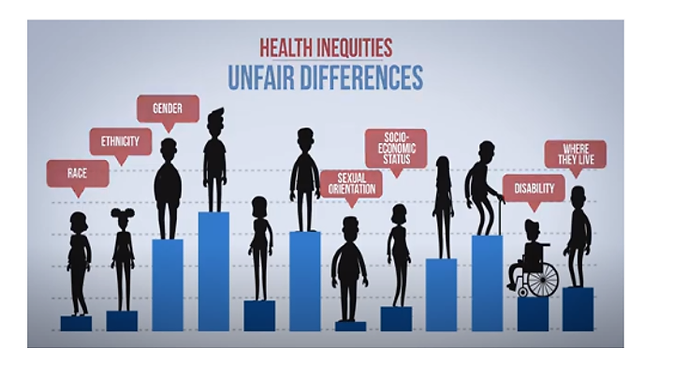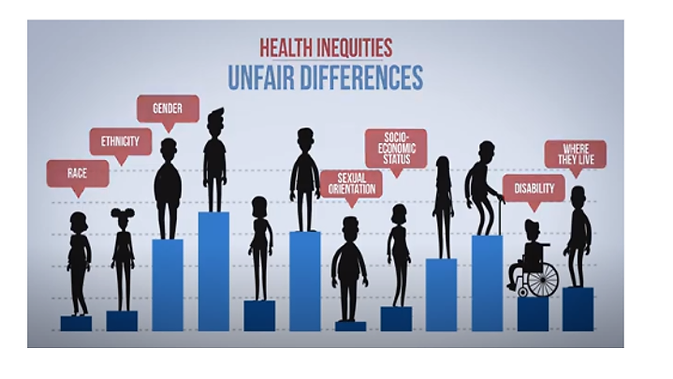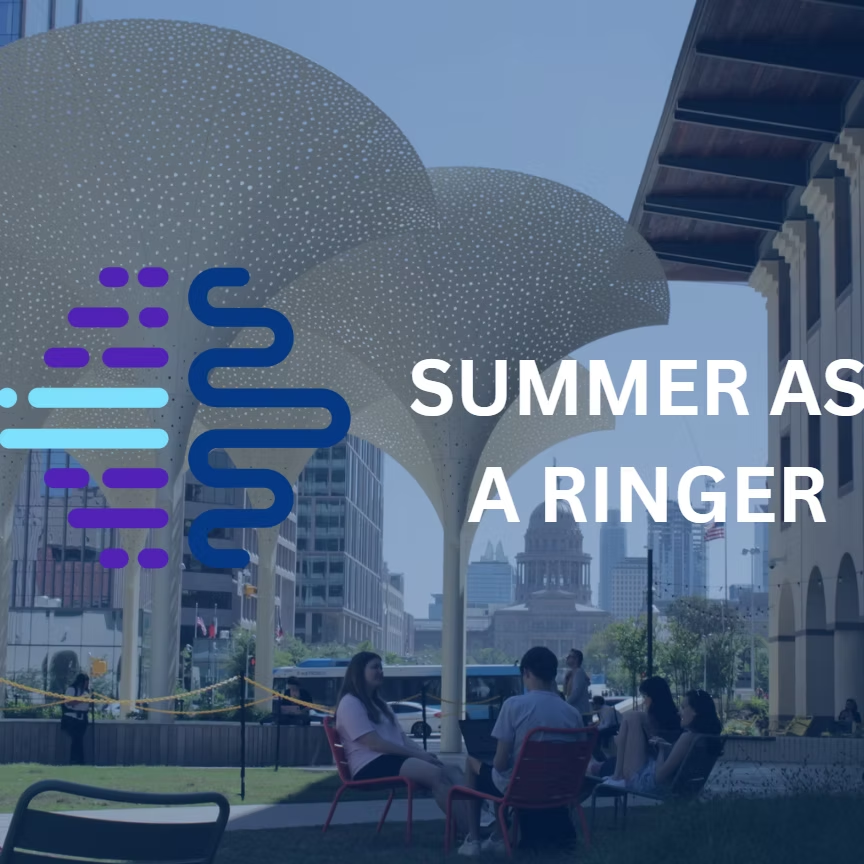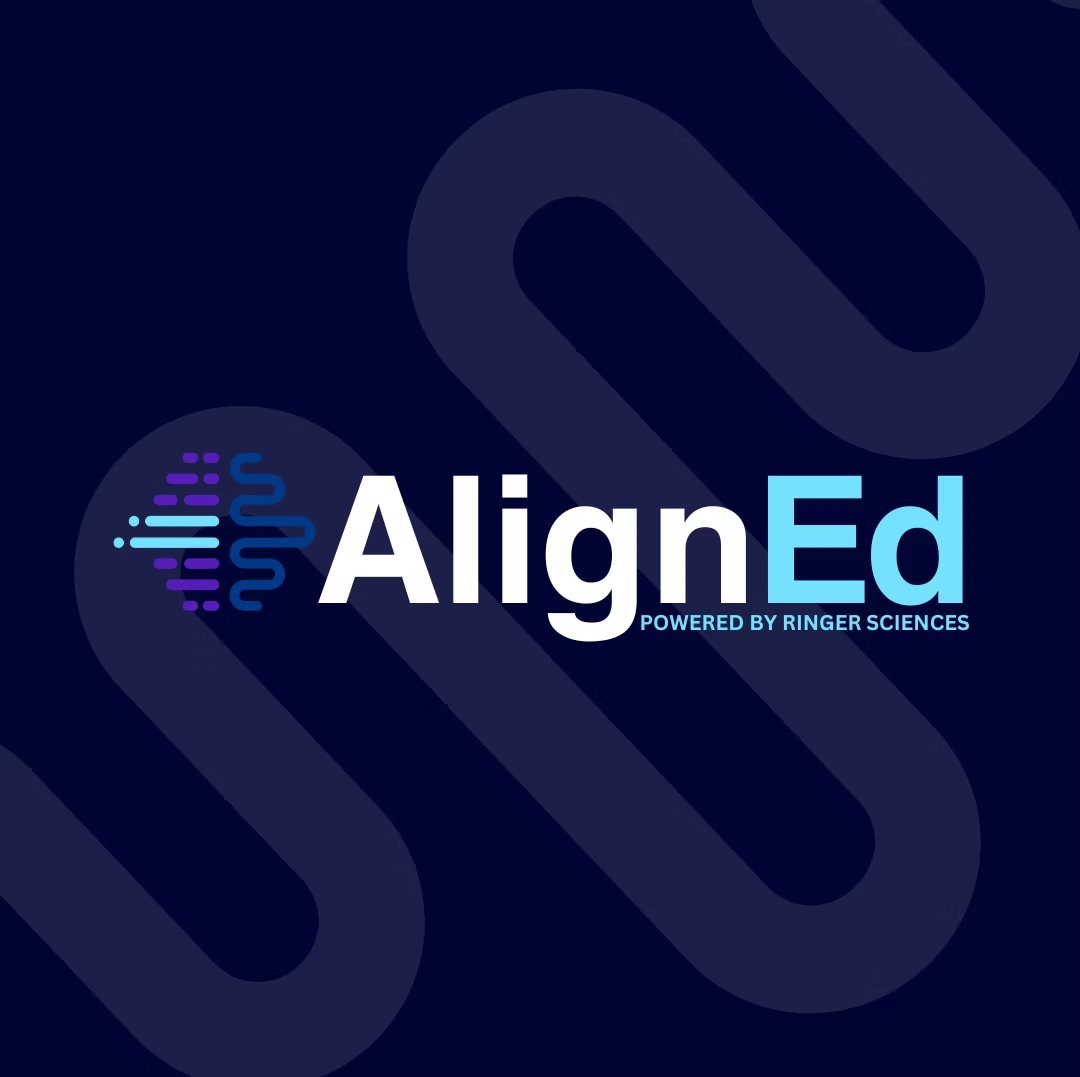SITUATION: COVID-19 intensified health inequities globally, stressing the need for programmatic initiatives to ensure all individuals have just and equal access to healthcare. This sparked discussion of how to successfully launch a health equity program given perceptions and definition of health equity.
The COVID-19 pandemic illuminated pre-existing barriers to healthcare access across a vast spectrum of patients, with hurdles uniquely different for individuals based on their physical location, economic stability, ethnic and racial background, gender, and sexual orientation. COVID-19 exposed and amplified health inequity through increases in unemployment, mortality rates, and severity rates across minority populations. As a response, many organizations shifted their focus to prioritize health equity efforts while broader awareness around health equity issues multiplied. To illustrate, total online conversations increased nearly seven-fold from pre-pandemic times to pandemic times. A client was in the process of launching a health equity program and leveraged Ringer Sciences’ digital analytics to help understand current discourse and perceptions of health equity in order to inform and craft their strategy and messaging.

Source: “Engaging Healthcare Teams to Eliminate Health Inequities.” YouTube, uploaded by Veterans Health Administration, 2 Feb 2021, https://www.youtube.com/watch?v=6kjweKPUEEg.
SOLUTION: Social Listening extracts data-driven insights around key audience perceptions, white space opportunities, and thematic pillars, deducing conflicting opinions of how different audiences perceive “health equity”.
In collaboration with our partners at ChangeX (a Next Practice Group firm), Ringer Sciences conducted a social listening analysis to explore online conversations and content on health equity to deliver impactful and data-driven insights to our client. We prioritized uncovering health equity perceptions from key audiences: HCPs, healthcare and social work individuals and organizations, patients, and the general public. Our analysis extracted findings around how these stakeholders perceived and defined health equity. Additionally, our analysis uncovered nuances in how health equity conversations differed depending on the specific disease areas or social determinants being discussed.Through our learnings, we were able to identify white space opportunities for our client that addressed crucial gaps in health equity initiatives.
RESULTS: “Health Equity” is misunderstood by the general public. Messaging requires colloquialism to authentically resonate with those vulnerable to health inequities.
One of the key findings gleaned to inform the launch of our client’s health equity program was around lexicon and messaging. While we lead with the hypothesis that “health equity” is widely perceived and positively understood by the broader public, it was uncovered through social listening that the term itself is met with polarizing opinions. Sharing our 3 biggest takeaways below:
-
Individuals and organizations steeped in healthcare and social work clearly define and promote health equity as a guiding principle and goal.
-
The general public, on the other hand, often deemed health equity inherently harmful. This proved a significant misunderstanding and gap in education.
-
Interestingly, individuals who have experienced health inequities first-hand defined health equity through their own stories and simpler definitions.
This fueled the implication that our client’s program messaging around health equity required careful yet simple language familiar and comprehensible to those most impacted by it. Further, it led into the overall strategy to collaborate at the local and neighborhood-levels to successfully transform health.
IMPLICATIONS: Social listening serves as a lens that focuses on social issues and provides insights that healthy equity and larger DE&I initiatives aim to address.
In today’s digitally-connected world, social media has enabled monumental shifts in the way people engage with one another. It has deconstructed physical and modular barriers hindering communication between individuals, facilitating the accessibility to diverse perspectives. In practice, social listening allows us to tap into these relevant discussions and glean insights and perceptions from crucial audiences.
Sociopolitical events over the last few years have resulted in wide scale shifts in societal views and corporate values, making harmonious integration of DE&I initiatives more critical than ever. It’s necessary to ensure that programs, partnerships, and messaging are optimized to powerfully and meaningfully impact individuals and drive transformation at a larger scale. In this particular case study, we were able to inform a health equity campaign strategy optimized to authentically and effectively serve community members at risk of inequities. Social listening strengthened our ability to break down barriers to accessing unique, diverse, and important perspectives, ultimately ensuring that representatives from all groups and communities are being heard, not just the loudest voices with the most followers.



